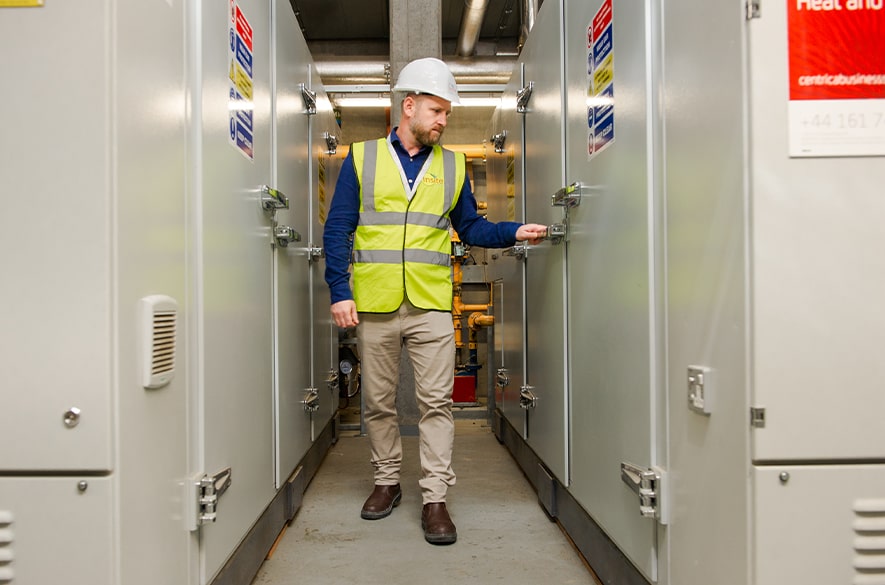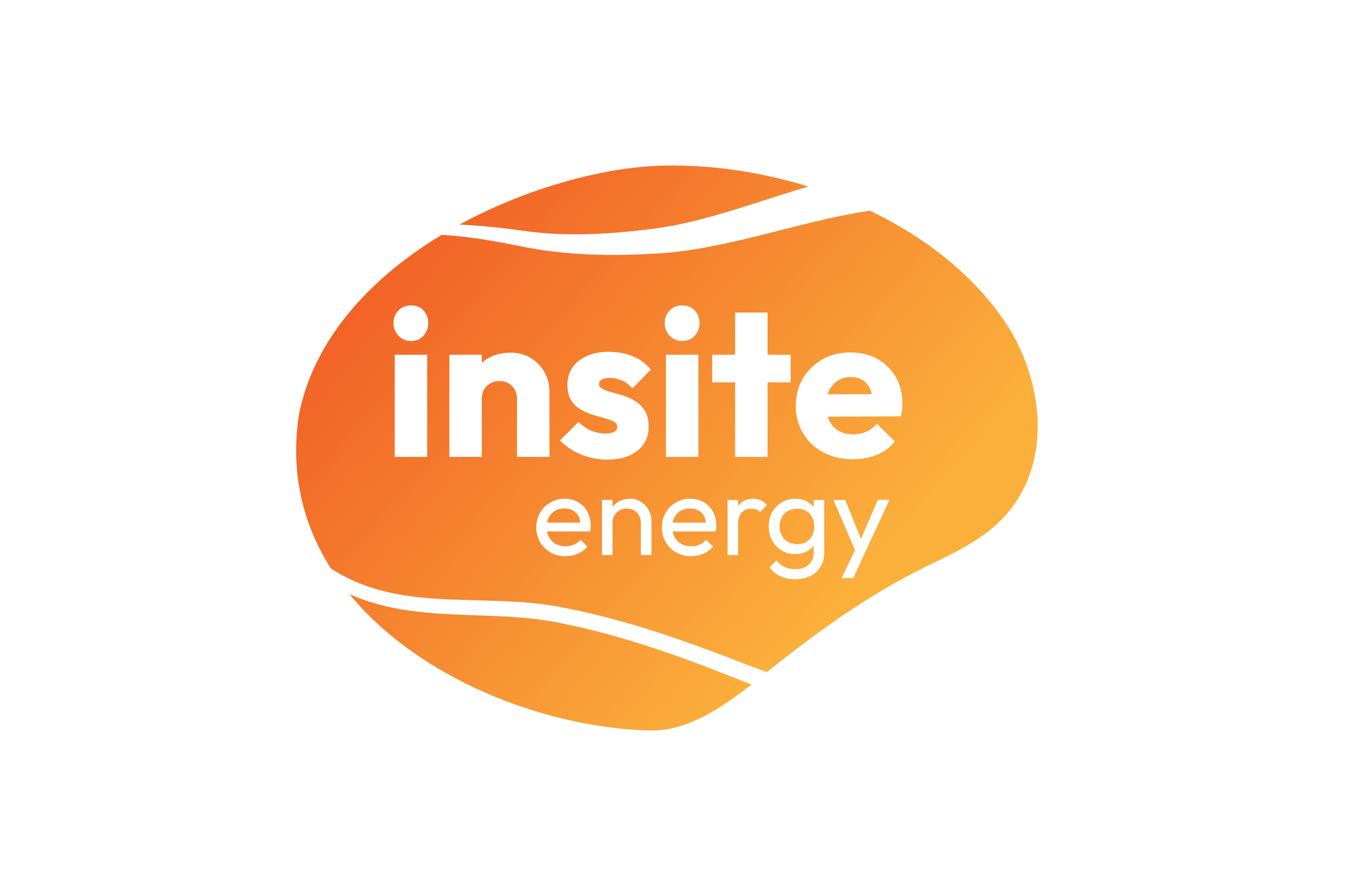
Turning up the heat
4th April 2019Press release
Heat networks and Combined Heat and Power (CHP) have gained in popularity, as legislators and developers recognise them as a way to meet net zero targets. However, technical and operational challenges, and user acceptance issues, mean that it is hard to make them work as planned.
Heat networks and CHP, also known as cogeneration, are systems that have the potential to save a great deal of energy, especially when used in urban housing or other high-density areas. Both take the concept of sharing heat resources, whether they are centrally generated or distributed across the network. CHP also includes power generation, with the heat usually being the waste product.
While district heating is regarded as sustainable, it does not necessarily use renewable energy – but one example that has is Beddington Zero Energy Development (BedZED), an environmentally friendly housing and workspace development built between 2000 and 2002 in the London Borough of Sutton. Intended to create zero carbon emissions, it was claimed to be the first large-scale community to actually do so – winning awards and being shortlisted for the Stirling Prize for architecture.
BedZED’s CHP system was initially powered by a biomass-fueled generator: wood chips were heated in a gasifier, which generated combustible gas for a generator; waste heat extracted by heat exchangers provided hot water and heating. However, the system didn’t perform as required, and has been replaced by a more straightforward biomass boiler.
Government backing
Anthony Coates-Smith, Managing Director of Insite Energy, says the impetus for heat networks and CHP is “largely legislative”.
“It might be cheaper, it might not be – but we can be reasonably sure that it is greener, and that’s what the driver from the Government is.”
Administered by the Department for Business, Energy and Industrial Strategy (BEIS), the Heat Networks Investment Project (HNIP) is a Government funding programme that “aims to increase the number of heat networks being built, deliver carbon savings, and help create the conditions necessary for a sustainable heat network market to develop”.
HNIP will provide £320 million to ‘gap fund’ heat network projects in England and Wales, and has just been made open to the public, private and third sectors. It’s expected to support up to 200 projects by 2021 through grants, loans and other mechanisms “and to lever in up to £2 billion of wider investment, reducing bills, cutting carbon and forming a key part of wider urban regeneration”.
A pilot scheme ran from October 2016 to March 2017, in which nine schemes shared over £24 million in funding, according to BEIS. Two of the pilot schemes are no longer going ahead, and according to the BEIS report on the pilot project, “three key challenges constrain growth in the heat networks market. Primary among these… is the challenging financial environment for heat networks. Potential third-party investors perceive risks to be relatively high given the returns available, and think that individual heat networks are too small as investment opportunities”. Other key concerns were a lack of relevant skills and the lack of regulation for heat networks, and uncertainty over its future direction.
Early heat networks used the waste heat from power generation or an energy-intensive industrial plant to heat the surrounding buildings. But other sources such as geothermal energy, solar power and conventional boilers have also been used. “You can get greater decarbonisation through CHP,” says Anthony, “but you need customer demand for substantial portions of the day unless you have space to put in a giant thermal store.”
The medium used to distribute the heat has changed, from steam in early systems to pressurised, superheated water, then to lower-temperature subterranean insulated pipework developed in Scandinavia in the 60’s. As water temperatures go down, heat losses are reduced, and a wider range of heat sources can be used: the latest ‘fourth generation’ systems use water at 70°C or less, while some systems are coming on stream that use even lower temperatures, with localised heat pumps to raise the temperature of delivered water.
More hurdles
Ian Hurst, technical sales manager at Viessmann, says: “the biggest challenge in district heating schemes is to reduce heat losses and make the total system efficient”.
“The majority of district heating schemes are designed to provide space heating and domestic hot water, therefore high flow temperatures are required. Although many consultants design the flow return differential to about 80/40°C, the reality looks different. Oversized circulating pumps, the excessive use of buffer vessels, low-loss header manifolds and wrong control strategy will lift the return temperature and thus drop efficiency.”
Specifying and implementing the right system is critical, says Anthony.
“If you have a system that is grossly oversized and run poorly, it will be considerably more expensive than anything out there… and a failure can affect 100 people rather than one.”
An important part of this is the heat interface unit (HIU), which effectively replaces the combi boiler in a resident’s home: this uses a plate heat exchanger to extract heat from the distribution system and provide heating and hot water on demand.
Sometimes individual heat storage is used to smooth out fluctuations in demand. BedZED, for example, has large domestic hot-water cylinders in each dwelling and workspace, ‘trickle-charged’ by the central heat supply. However, Anthony warns that “putting in immersion heaters or cylinders so that residents have a backup is detrimental to network performance. Far better to have a central plant that’s well-designed and commissioned, and have good SLAs in place for maintenance companies to respond, rather than trying to belt-and-brace individual supplies”.
One advantage of network heating, he adds, is that “there’s no gas in the property, so for fire safety and carbon monoxide, it’s lower risk”. In fact, the biggest difficulty with district heating may be customer acceptance.
“We are more aware of switching energy suppliers,” says Anthony, “With a heat network, the biggest complaint is that they can’t switch – it’s coming from the basement, and that’s run by the landlord or freeholder.”
Alternatively, the bill may come from an ESCO (energy service company), which makes its profit from selling heat and power to residents.
“Another issue is effectively customers paying twice for the assets that provide heat – if I’ve just bought a flat from a developer and my first heat bill includes a contribution to the assets in the plant room, then I feel I’ve paid twice. Only by specifying good metering systems that give data can you make sure that residents get a good deal – and that’s only come to the fore in the past 18 months or so. If they do not bring in an ESCO, the landlord is responsible for the cost of producing heat, and metering systems are the only way they can recover that cost – while the private rental sector wants a high-end metering system that has flexibility and convenience around payments.”
The first thing is to meet regulatory standards: “Section 1 of the 2014 Heat Network Regulations is all about metering,” says Anthony.
“We tend to go well beyond that, with technology that will pick up that data and turn it into something you can use. The majority of clients don’t have the technical skill to take the raw data and make sense of it, so we take the data and present it as a dashboard to the end user.”
Some data is more straightforward: “For efficiency, we’re looking to achieve the maximum delta-T [temperature difference between the heat supply and the end user] and the lowest possible return temperatures – that basically shows that the residents wanted the heat. If hot water is coming back 1-2°C cooler, you’ve wasted your time producing and pumping it.
“You would expect flow rates to be variable,” adds Anthony, “If you can identify that flow rates are consistently high through the day, then something somewhere has been left open. A good metering system can identify faults within an individual property – the residents may not be aware that their programmer is turning on the heat in the middle of the night. We can pinpoint that property for an engineer callout.”


